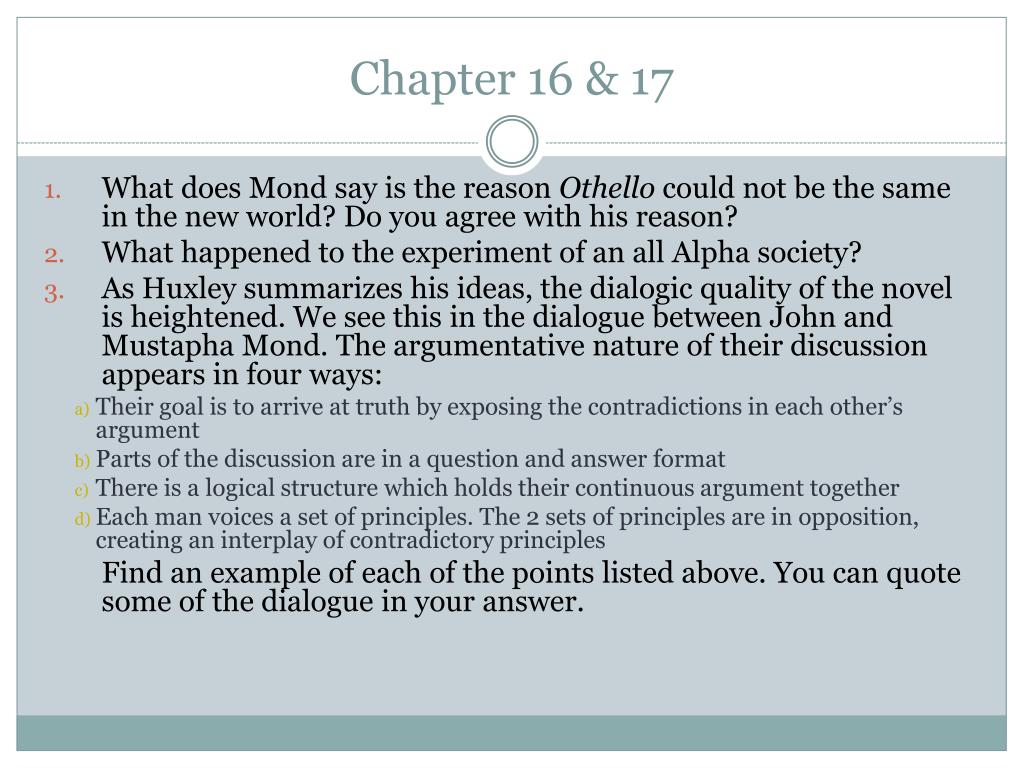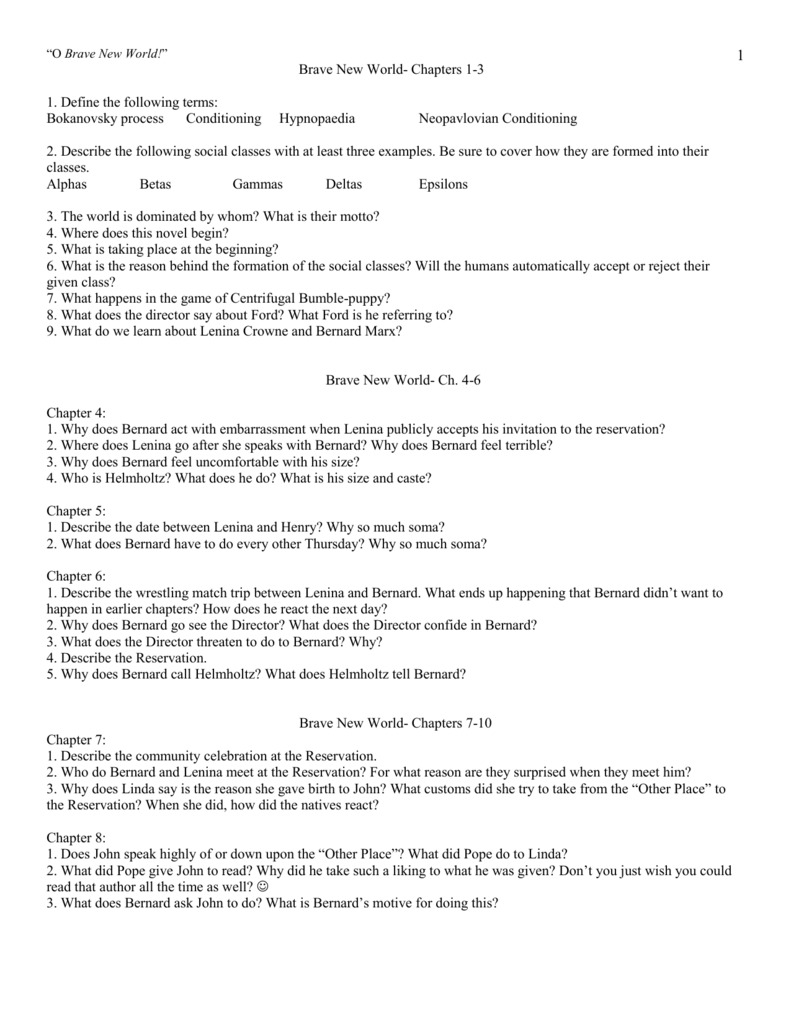


In this chapter, Huxley introduces the historical forces that led to the creation of the dystopia. For example, it fuses Ford and Freud (in psychological matters), listens in on Lenina chatting with her friend Fanny, and introduces Bernard Marx, who will emerge in subsequent chapters as a major character. The montage becomes more surrealistic as the chapter draws to a close, jumbling mottoes of the World State with snatches of dialogue. Mond figures in the novel as a kind of enlightened dictator ("his Fordship"), who understands this brave new world, as well as the old world before Ford.Īs the chapter dissolves into a verbal montage, Mond lectures on history - and its suppression - beginning appropriately with Henry Ford's adage: "History is bunk!" Mond recalls a world ravaged by anthrax bombs and poison gases in the Nine Years' War, followed by the great Economic Collapse, and finally the "choice between World Control and destruction." As Mond notes, soma, the ubiquitous drug of choice in this brave new world, brought an end to worry, while "stability" proved to be the keystone to social control - the "primal and ultimate need." This chapter also introduces Mustapha Mond - Resident Controller for Western Europe and one of the Ten World Controllers.

tells the students - to their shock - that such erotic play seemed abnormal in the time before Ford. In this chapter, the D.H.C.'s tour moves outside into the garden, where the students watch very young children engaged in sexual games.


 0 kommentar(er)
0 kommentar(er)
